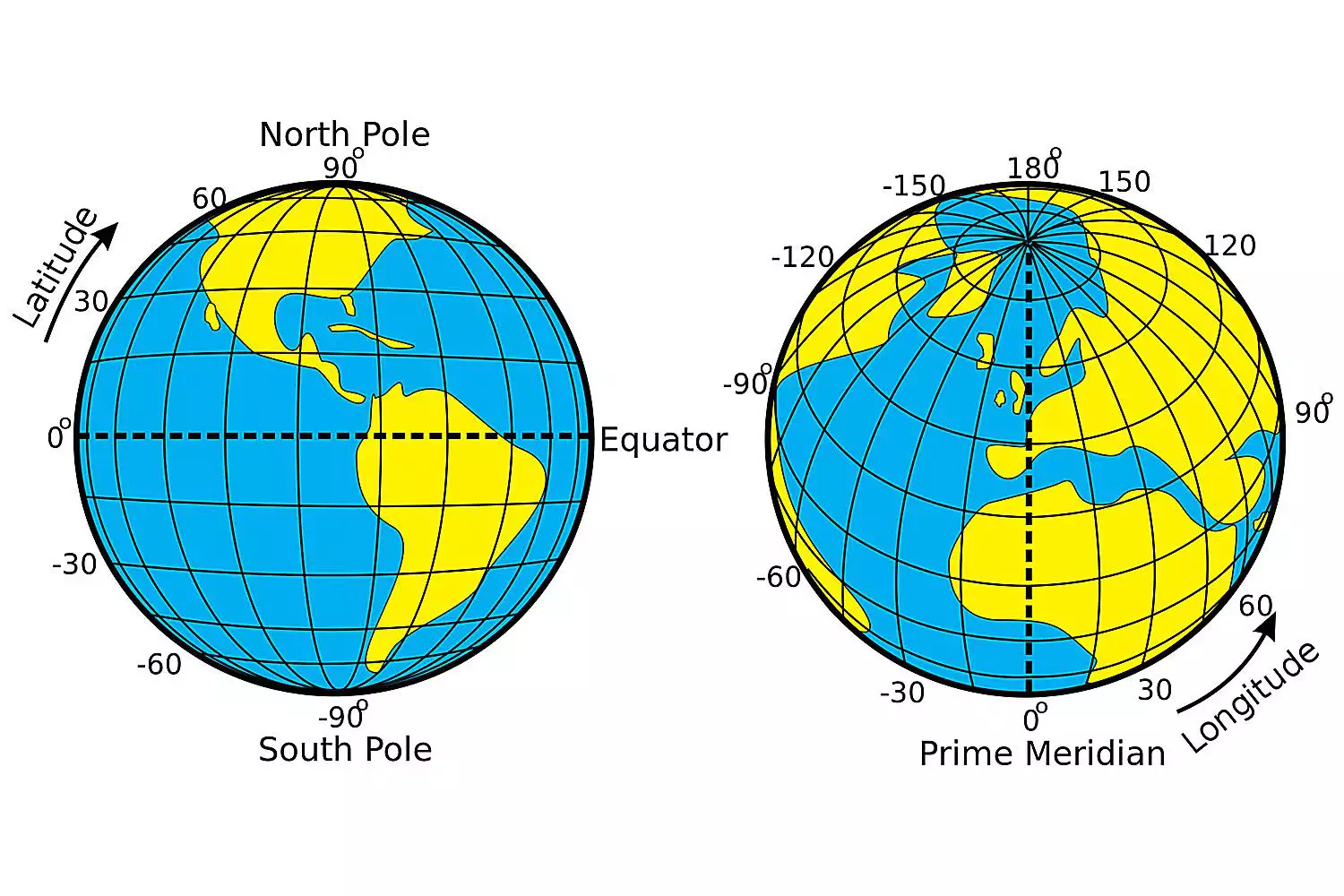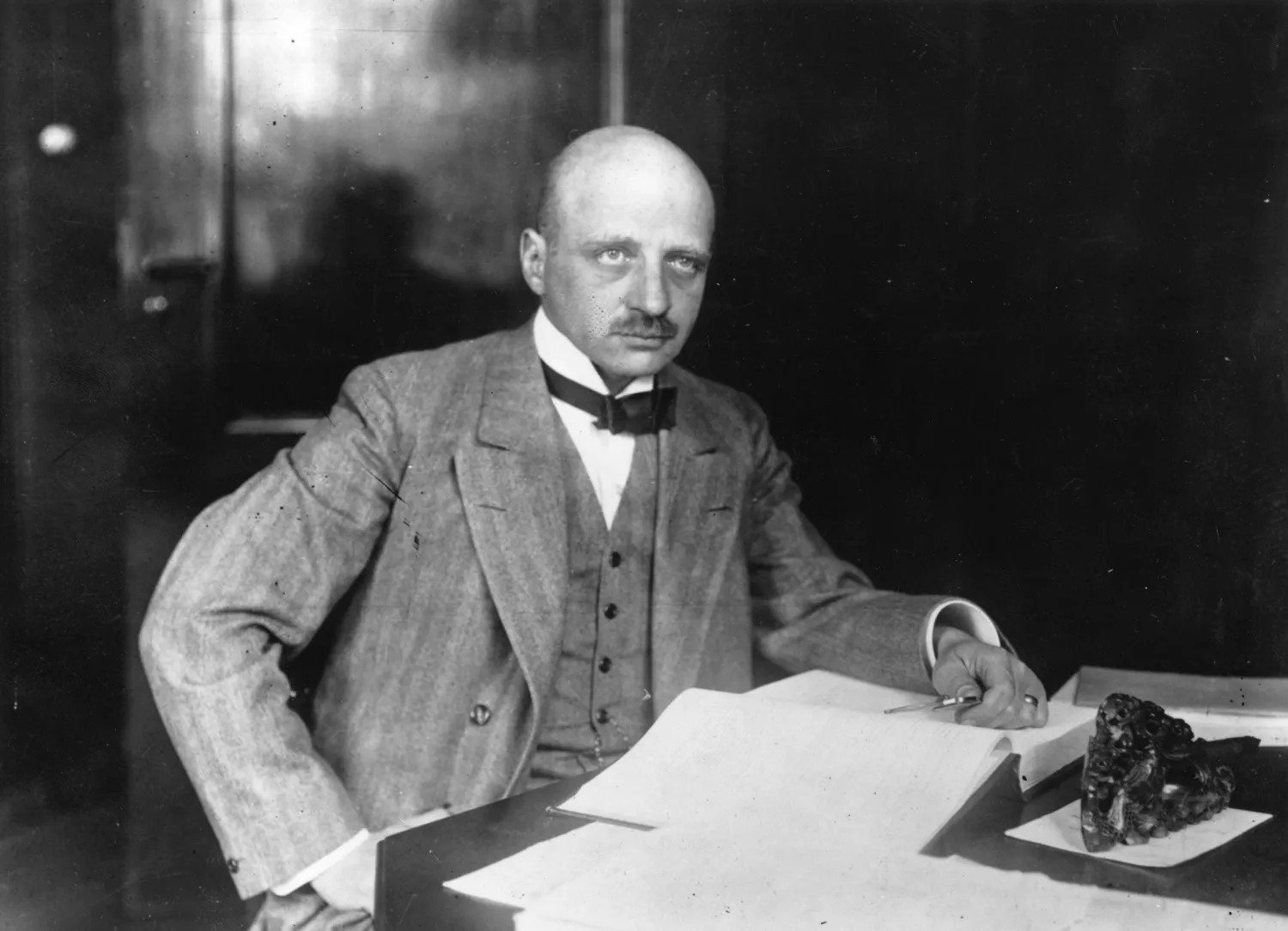Déjà Vu: The Science Behind the Eerie Feeling of Familiarity
If you’ve ever had the feeling that a situation feels very familiar even though you know it shouldn’t feel familiar at all, like if you’re traveling in a city for the very first time, then you’ve probably experienced déjà vu. Déjà vu, which means “already seen” in French, combines objective unfamiliarity – that you know, based on ample evidence, that something shouldn’t be familiar – with subjective familiarity – that feeling that it’s familiar anyway.
Déjà vu is common. According to a paper published in 2004, more than 50 surveys on déjà vu suggested that about two-thirds of individuals have experienced it at least once in their lifetime, with many reporting multiple experiences. This reported number also appears to be growing as people become more aware of what déjà vu is.
Most often, déjà vu is described in terms of what you see, but it’s not specific to vision and even people who were born blind can experience it.
Measuring Déjà Vu
Déjà vu is difficult to study in the laboratory because it is a fleeting experience, and also because there is no clearly identifiable trigger for it. Nevertheless, researchers have used several tools to study the phenomenon, based on the hypotheses they’ve put forward. Researchers may survey participants; study possibly related processes, especially those involved in memory; or design other experiments to probe déjà vu.
Because déjà vu is hard to measure, researchers have postulated many explanations for how it works. Below are several of the more prominent hypotheses.
Memory Explanations
Memory explanations of déjà vu are based on the idea that you have previously experienced a situation, or something very much like it, but you don’t consciously remember that you have. Instead, you remember it unconsciously, which is why it feels familiar even though you don’t know why.
Single element familiarity
The single element familiarity hypothesis suggests you experience déjà vu if one element of the scene is familiar to you but you don’t consciously recognize it because it’s in a different setting, like if you see your barber out on the street.
Your brain still finds your barber familiar even if you don’t recognize them, and generalizes that feeling of familiarity to the entire scene. Other researchers have extended this hypothesis to multiple elements as well.
Gestalt familiarity
The gestalt familiarity hypothesis focuses on how items are organized in a scene and how déjà vu occurs when you experience something with a similar layout. For example, you may not have seen your friend’s painting in their living room before, but maybe you’ve seen a room that’s laid out like your friend’s living room – a painting hanging over the sofa, across from a bookcase. Since you can’t recall the other room, you experience déjà vu.
One advantage to the gestalt similarity hypothesis is that it can be more directly tested. In one study, participants looked at rooms in virtual reality, then were asked how familiar a new room was and whether they felt they were experiencing déjà vu.
The researchers found that study participants who couldn’t recall the old rooms tended to think a new room was familiar, and that they were experiencing déjà vu, if the new room resembled old ones. Furthermore, the more similar the new room was to an old room, the higher these ratings were.
Neurological Explanations
Spontaneous brain activity
Some explanations posit that déjà vu is experienced when there is spontaneous brain activity unrelated to what you’re currently experiencing. When that happens in the part of your brain dealing with memory, you can have a false feeling of familiarity.
Some evidence comes from individuals with temporal lobe epilepsy, when abnormal electrical activity occurs in the part of the brain dealing with memory. When the brains of these patients are electrically stimulated as part of a pre-surgery evaluation, they may experience déjà vu.
One researcher suggests that you experience déjà vu when the parahippocampal system, which helps identify something as familiar, randomly misfires and makes you think something is familiar when it shouldn’t.
Others have said that déjà vu can’t be isolated to a single familiarity system, but rather involves multiple structures involved in memory and the connections between them.
Neural transmission speed
Other hypotheses are based on how fast information travels through your brain. Different areas of your brain transmit information to “higher order” areas that combine the information together to help you make sense of the world. If this complex process is disrupted in any way – perhaps one part sends something more slowly or more quickly than it usually does – then your brain interprets your surroundings incorrectly.
Which Explanation is Correct?
An explanation for déjà vu remains elusive, though the hypotheses above appear to have one common thread: a temporary error in cognitive processing. For now, scientists can continue to design experiments that more directly probe the nature of déjà vu, to be more certain of the correct explanation.









